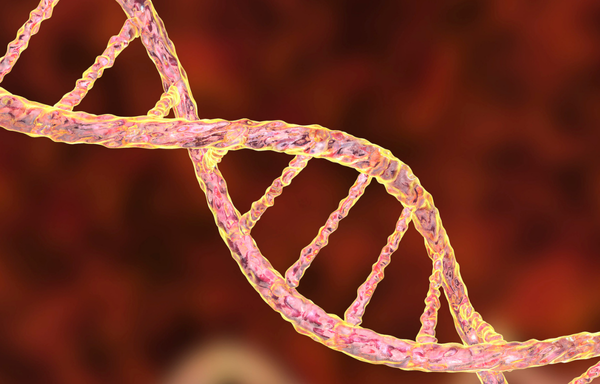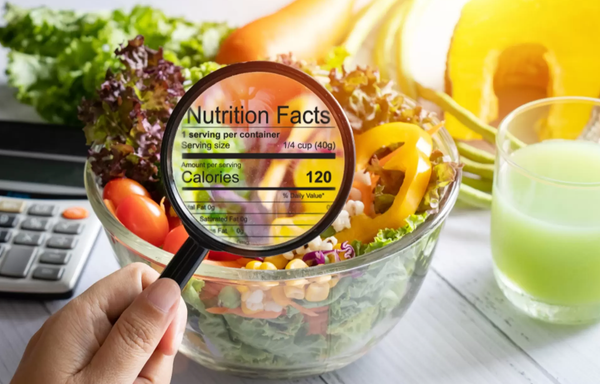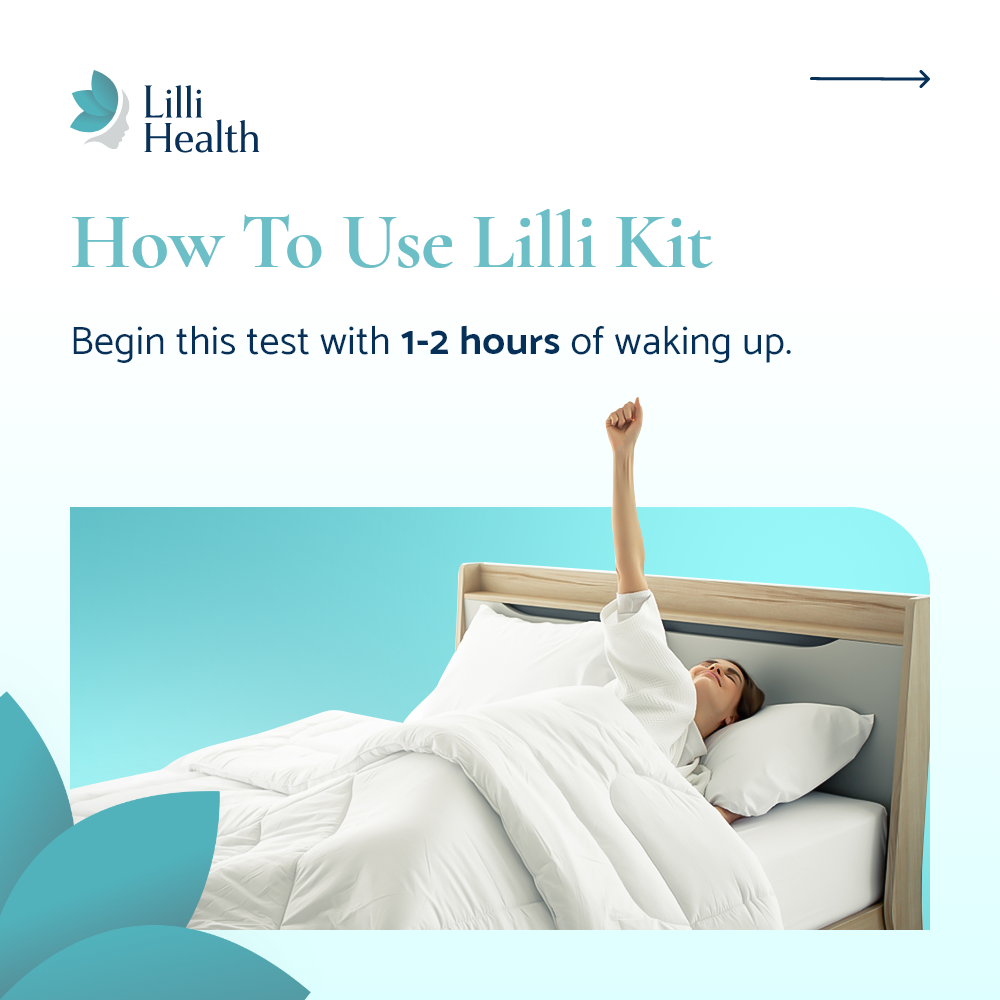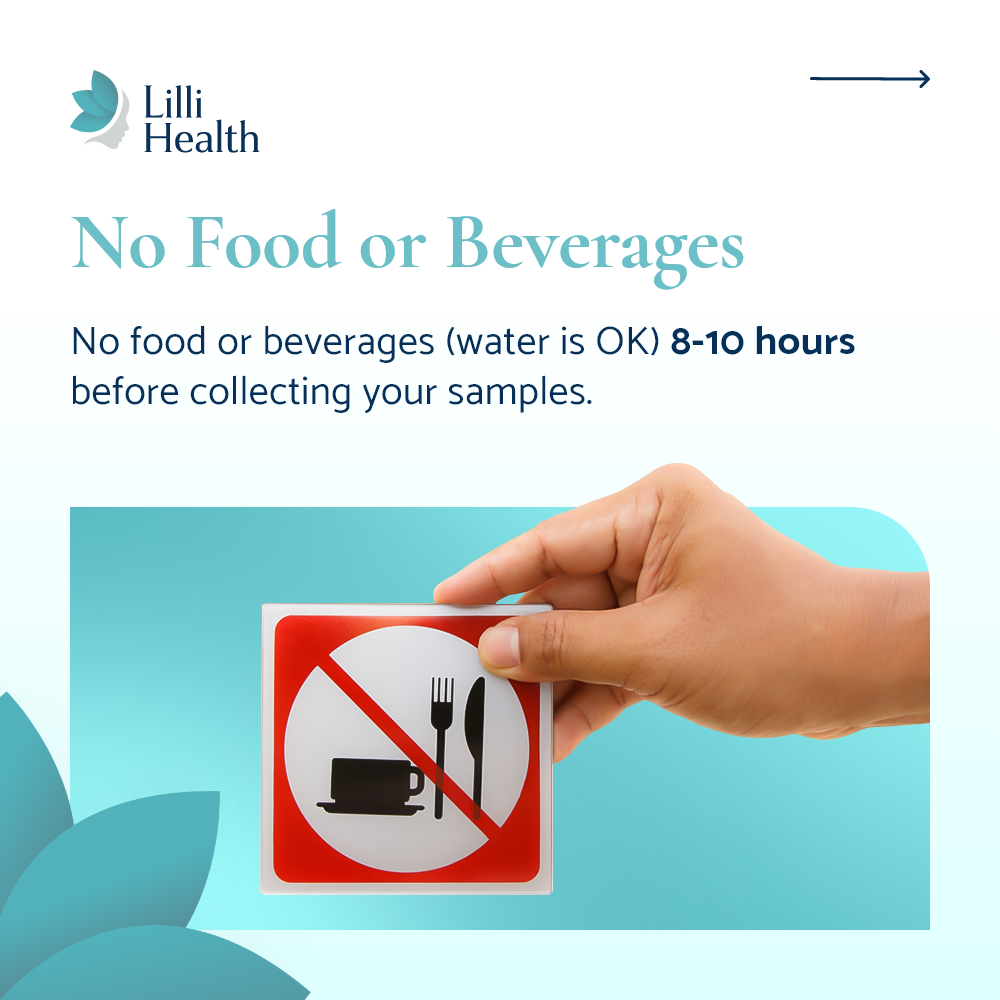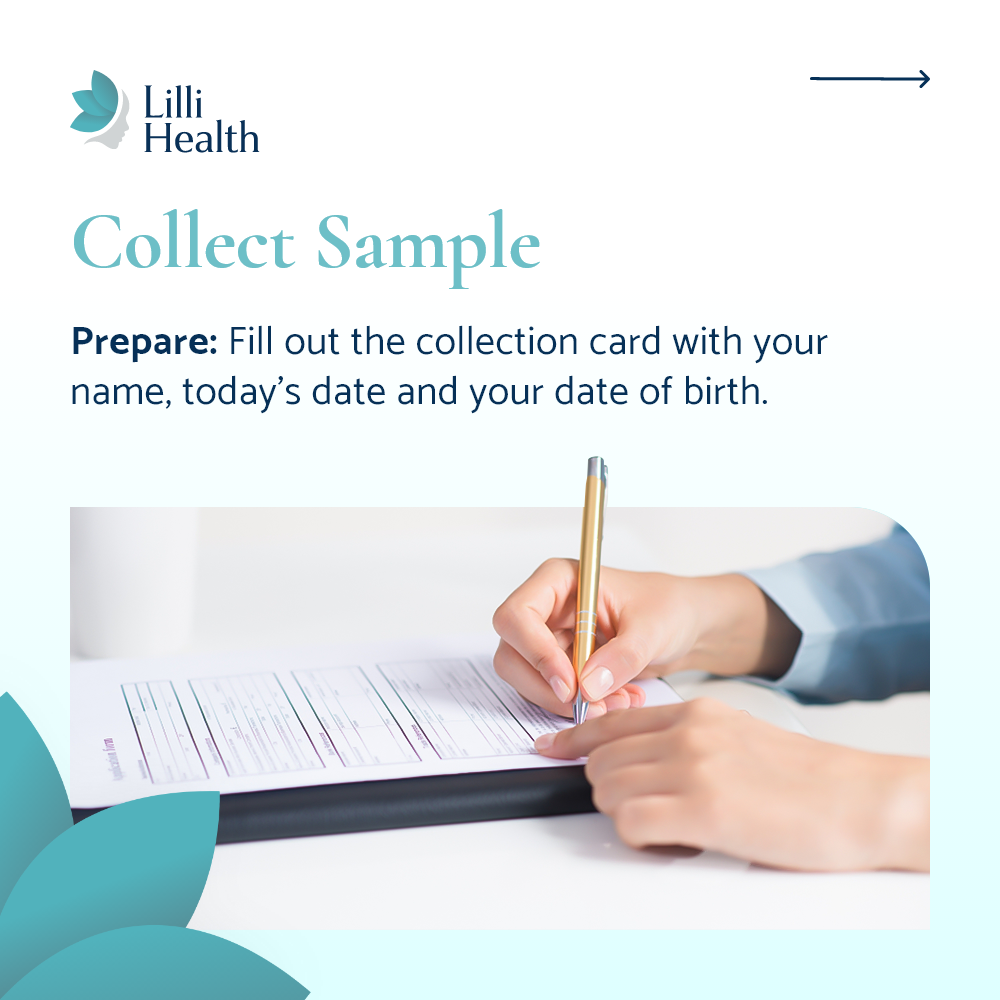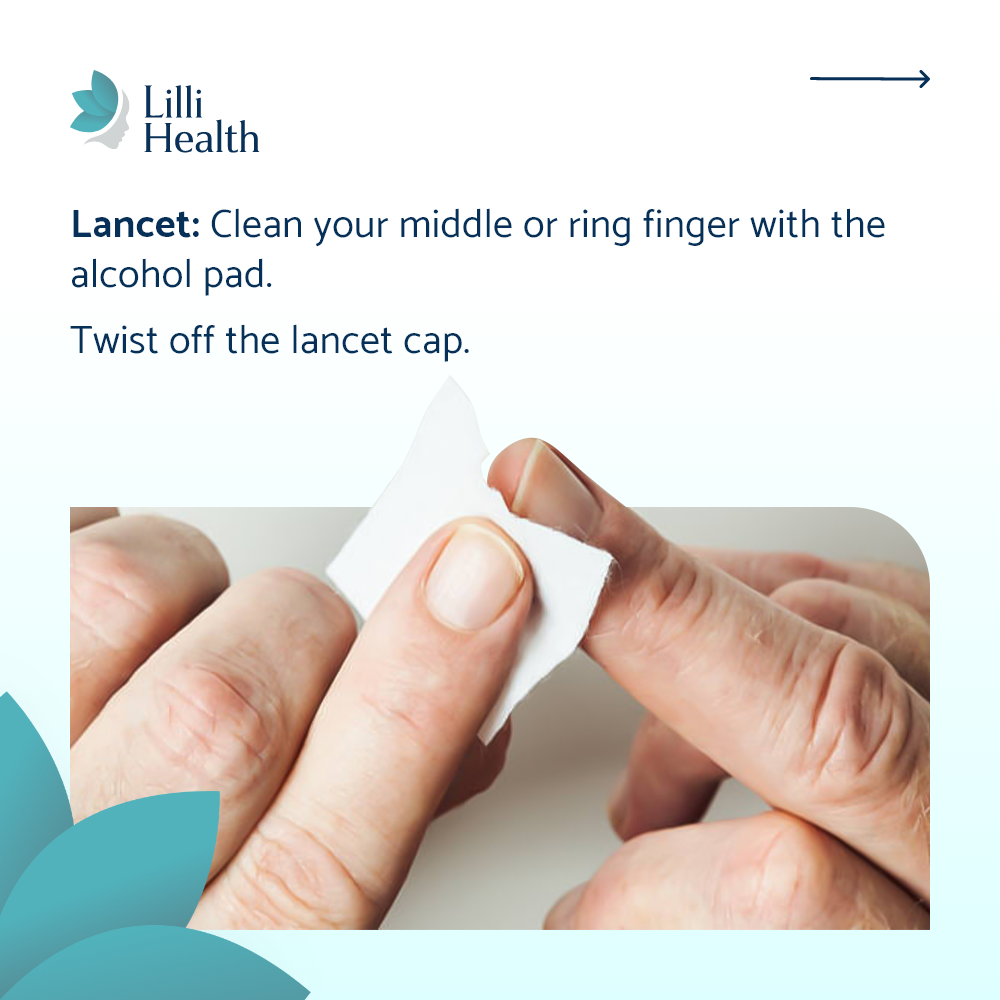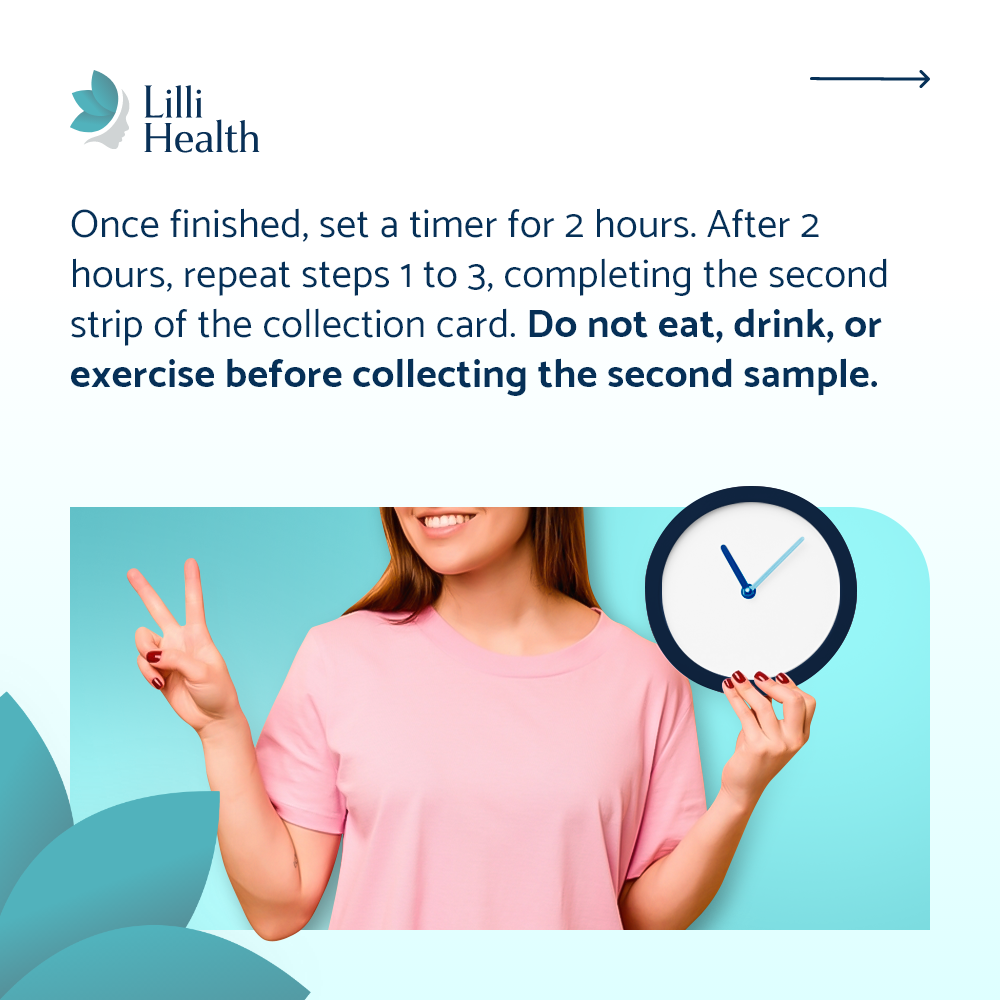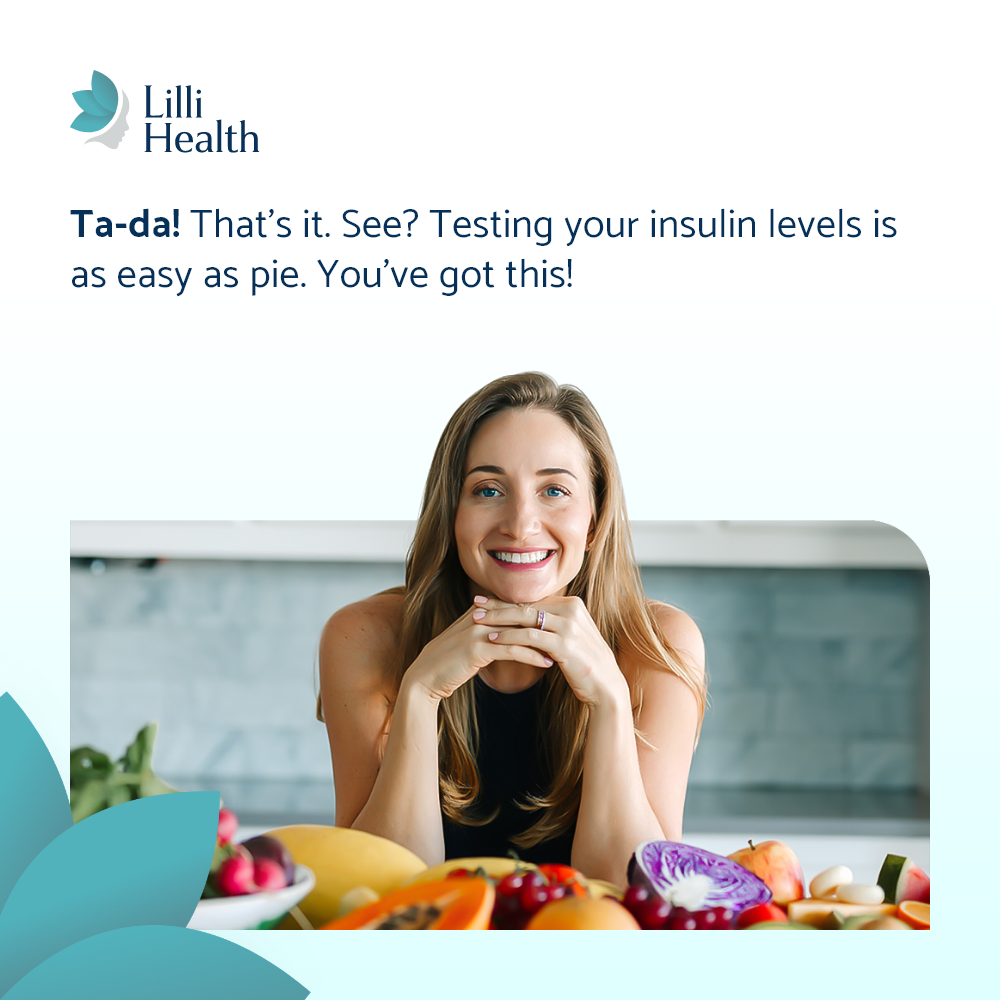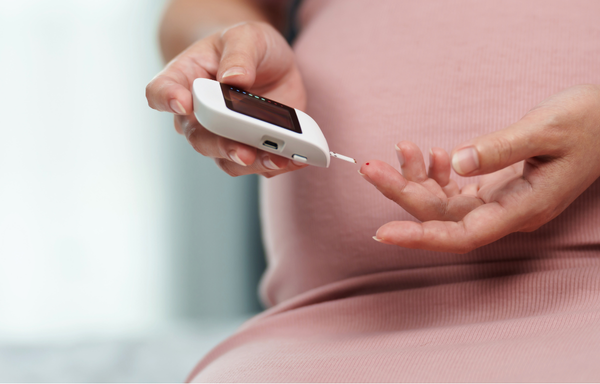

Gestational Diabetes: What It Is, Why It Happens, and What No One’s Telling You
Pregnancy naturally puts the body into a state of insulin resistance. This is a normal biological shift designed to help the mother store fat and energy to support the growing baby and prepare for breastfeeding. To keep blood sugar levels in check during this time, the pancreas has to produce more insulin to overcome that resistance.
But for some women, this system starts to break down. Some produce too much insulin, but it doesn’t work effectively—this is classic insulin resistance. Others simply don’t produce enough insulin to keep up with the body’s increased demands. Different causes, same result: rising blood sugar and a diagnosis of gestational diabetes (GDM).
This is why GDM can affect both women who are overweight and those who are normal weight or underweight.. It’s not just about body size—it’s about whether your pancreas can keep up. The solution in both cases is the same: give the pancreas a break by lowering the demand for insulin. This reduces strain on your body and helps bring blood sugar levels back into balance.
Pregnancy and Insulin Resistance: A Normal Shift
Pregnancy naturally puts your body into a state of insulin resistance. That’s not a problem—it’s a biological design feature.
This shift helps:
- Keep more glucose in your bloodstream to nourish the baby
- Help the mother store extra fat to prepare for breastfeeding
- Conserve energy for growing and supporting a new life
To keep blood sugar levels stable, the pancreas has to produce more insulin to overcome that resistance.
What Causes Gestational Diabetes?
For some women, this insulin compensation system starts to break down.
There are two main ways this happens:
- The pancreas produces too much insulin, but the body doesn’t respond well to it (classic insulin resistance), leading glucose levels to rise
- The pancreas can’t produce enough insulin to meet the body’s increased demand, leading glucose levels to rise
Different mechanisms—same outcome: elevated blood sugar and a diagnosis of gestational diabetes.
And this is exactly why GDM affects both women who are overweight and women who are thin.
It’s not just about size—it’s about whether your pancreas can keep up.
So What’s the Solution?
Regardless of the cause, the most effective strategy is the same: Lower the demand for insulin.
When you reduce how often your body needs to release insulin, you give the pancreas a break. That means:
- Less strain on your metabolic system
- Better blood sugar balance
- Reduced risk of complications for you and baby
And yes, this can be done with diet and lifestyle changes that work with your biology—not against it.
The Risks of Gestaional Diabetes (And the Opportunity)
Gestational diabetes isn’t just about pregnancy.
Left unchecked, it increases the risk of:
- High birth weight and delivery complications
- Preeclampsia and C-section
- Future insulin resistance or type 2 diabetes in the mother
- Obesity and metabolic issues in the child later in life
But here’s the good news: GDM is also a massive opportunity.
It’s a red flag—but it’s also an early warning sign that gives you the chance to course-correct before long-term damage is done.
How to Lower Insulin Demand
It’s not just about cutting sugar. It’s about learning how to eat in a way that gives your pancreas a break.
Focus on:
- Protein and healthy fats at every meal
- Non-starchy vegetables and fruits should be the foundation of your diet
- Limiting starches, sugars, milk, and whey protein
- Moving your body daily, especially walking after meals
- Avoiding constant snacking, which keeps insulin elevated
This isn’t about dieting—it’s about restoring balance and taking pressure off your pancreas.
“It’ll Go Away After Birth”… Right?
In many cases, yes—blood sugar returns to normal after delivery. But that doesn’t mean everything’s fine.
Gestational diabetes is one of the strongest predictors of future metabolic issues, including type 2 diabetes. It’s not something to brush off—it’s something to learn from.
If you were underproducing insulin before pregnancy, your pancreas is likely to continue struggling over time. You may stay lean, but you’ll still be metabolically unhealthy—and likely to need medication to manage your A1c down the road.
If you were overproducing insulin and already dealing with weight issues, pregnancy amplifies that insulin resistance. After delivery, that means easier weight gain, harder fat loss, and a tough time losing the baby weight—especially as menopause hits and compounds the issue.
Two different metabolic paths—same root problem: insulin.
How Can I Know If I Might Develop Gestational Diabetes?
One of the most common questions women wonder is, “Is there any way to know ahead of time if I’m at risk?”
The frustrating answer? Sort of. But not with the tests most doctors are using.
Most OB/GYNs check A1c in early pregnancy, and that’s where the evaluation often stops.
But here’s the problem: A1c only tells you whether your blood sugar is normal—it says nothing about how hard your pancreas is working to keep it that way.
You could have a completely normal A1c and still be:
-
Releasing very high amounts of insulin just to stay in a normal range (classic insulin resistance), or
-
Barely making enough insulin to keep up (early pancreatic burnout)
In both cases, your blood sugar may look “fine”—until it doesn’t. And that’s when women are blindsided by a failed glucose screening at 24–28 weeks.
This is exactly why A1c is not a reliable early predictor of gestational diabetes. It tells you the outcome, not the strain behind it.
The real question isn’t “Is your blood sugar normal?”
It’s: “What did your pancreas have to do to keep it there?”
If you want a better prediction, you need to know your insulin levels—not just glucose. Elevated fasting insulin in early pregnancy is a red flag long before blood sugar starts to rise. It’s the early warning sign that your body is under pressure.
A low fasting insulin with a borderline high A1c is a key marker that your pancreas is struggling to keep up. It means your body isn’t producing enough insulin to manage glucose effectively, even though your A1c might still look “normal.” This is a huge warning sign that gestational diabetes could be on the horizon.
Bottom Line
Gestational diabetes isn’t just about blood sugar—it’s about insulin, and whether your pancreas can meet the increased demand of pregnancy.
It’s not a weight problem.
It’s not a willpower problem.
It’s a metabolic signal—and one that deserves real attention.
So if your doctor didn’t measure your insulin levels in addition to glucose and A1c in early pregnancy—ask for it.
And if all you were told after a GDM diagnosis was to “eat healthy and exercise,” you’re definitely not alone. The good news? Now you actually know what to do—and why.
By lowering insulin demand through a Low Insulin Lifestyle, gentle movement, and stress management, you can take control of your health now and for the long run. This isn’t about restriction—it’s about prevention. And it’s never too early to start.
References
Plows JF, et al. The Pathophysiology of Gestational Diabetes Mellitus. Int J Mol Sci. 2018. Read more
Powe CE, et al. Augmented insulin secretory response in early pregnancy. Diabetologia. 2019. Read more



